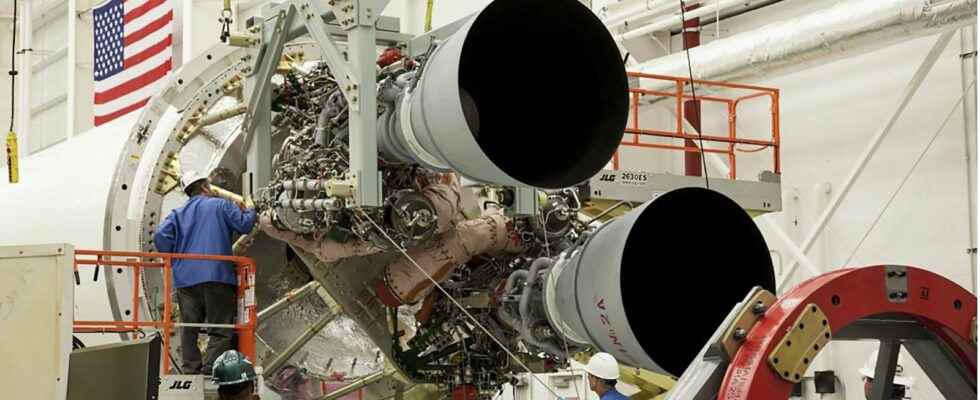You will also be interested
[EN VIDÉO] The 5 most powerful rockets in history Depending on their ability to place loads or power, rockets do not have the same objectives or the same successes!
During the Soviet era, Ukraine was one of the cradles of the space program, especially in the field of rocket engines. In 2011, the country was still one of the top five space powers in the world. Ukraine had produced more than 130 rockets and enabled the orbit nearly 250 satellites for some twenty countries.
Among the symbolic rockets in Ukraine was the rocket Dnepr and the rocket Zenith, one version of which was even capable of taking off from a maritime platform. After the annexation of Crimea in 2014, the activity of launchers declined but Ukraine continues to export to the West. The historic constructor Yuzhnoye is also in the process of developing a new launcher named Cyclone, intended to be powered from Canada. The Russian invasion risks stopping all these activities. Moreover, this experience is of great interest to Vladimir Putin’s Russia.
Dependence on European and American rockets
For the rocket Vega and its more powerful version Vega-C, theeuropean space agency and its historic Ukrainian builder Ioujnoïe to develop the AVUM upper floor, in charge of finalizing the commissioning satellite orbit. Russian invasion will cut supply as 100% European version of rocket Vega (Vega-E) is not expected until 2026.
On the American side, the Antares rocket is equipped with Russian engines for its main stage, which is under Ukrainian project management. However, this launcher is entirely dedicated to sending Cygnus cargo ships to the International Space Station (ISS). For the moment, the United States has reserves to carry out two more flights. Afterwards, it may be necessary to transfer the freighter to another launcher.
American rockets Atlas-V of the United Launch Alliance (ULA) also use Russian engines. Russia will no longer supply these engines or provide its expertise, but the ULA clarified that they have enough engines until the last flight before switching to the all-American rocket Vulcan In the coming years.
There are several start-up from new space eu Europe and the United States, which are in partnership with Ukrainian contractors to design the engines for their future rockets. Some even have employees in Ukraine who have left the country or taken up arms.
End of Soyuz reign
A rare occurrence, a theft Soyuz was for a few days the object of a geopolitical conflict. The rocket was due to take off in early March from Baikonur with on board 36 telecom satellites from OneWeb. The rocket was already on its launch pad but it was without counting on the threats of Dimitri Rogozin, director of Roscosmos.
The latter threatened to cancel the flight if OneWeb did not guarantee the non-military use of its satellite network, but also to exclude the United Kingdom government from its shareholders (in response to British sanctions). OneWeb has finally decided to cancel all flights planned on Soyuz to deploy the remaining 240 satellites to complete its constellation. The company is looking for solutions with other launchers. As for the 36 satellites in Baikonur, they will remain in a sealed room.
We note that the Russian Soyuz rocket also takes off from Kourou, in partnership with Arianespace. It is no longer anything. The Russian teams were called back to the country and no more Soyuz-ST flights are planned from now on. European space will suffer a great deal from this, while the rocket Ariadne 6 late in coming. The Soyuz will only fly for Russian customers.
Interested in what you just read?
